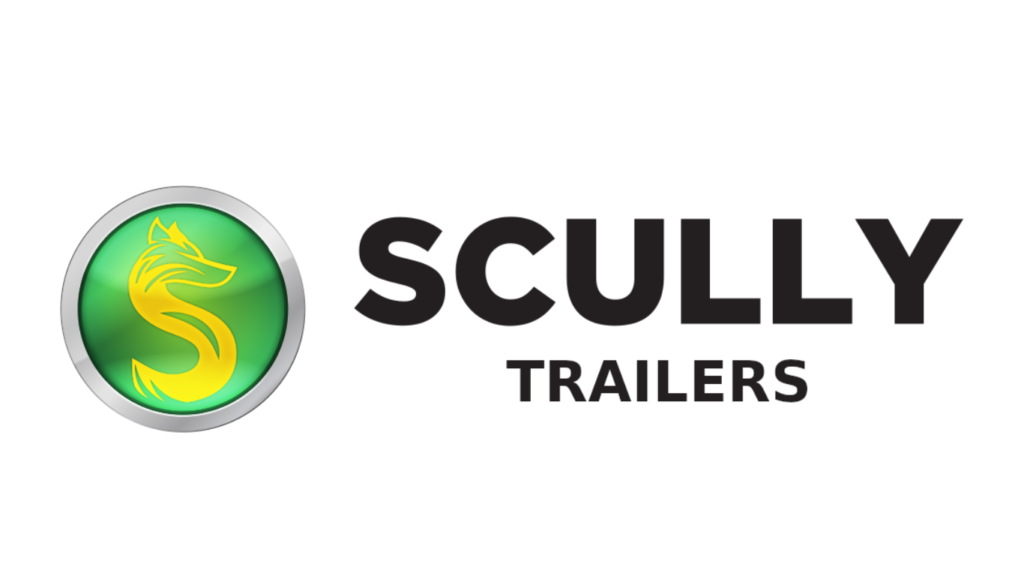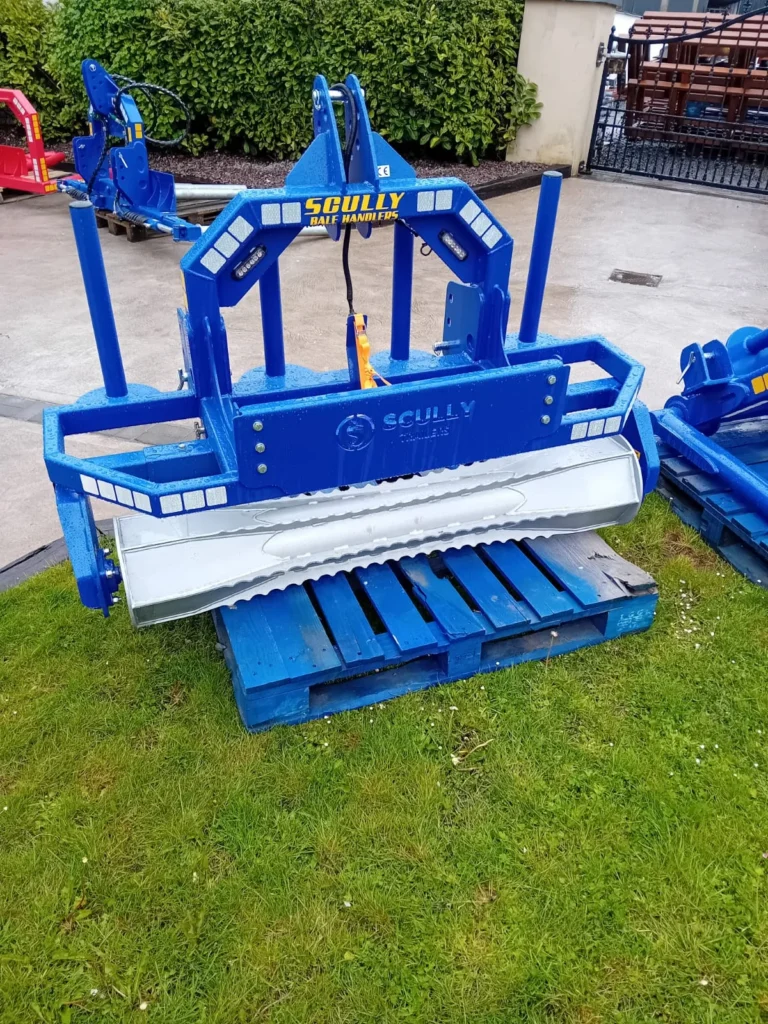Feeding implements are crucial for modern livestock farming, ensuring animals receive their feed efficiently and consistently. These tools and machinery streamline the feeding process, reduce labor, and promote animal health by providing a hygienic and organized feeding environment.
Types of Feeding Implements
- Feed Troughs
- Description: Simple, stationary containers used to hold feed for livestock.
- Applications: Suitable for cattle, sheep, pigs, and poultry.
- Advantages: Durable, easy to clean, and available in various sizes.
- Hay Racks
- Description: Structures designed to hold hay, keeping it off the ground.
- Applications: Ideal for feeding cattle, horses, and goats.
- Advantages: Reduces feed wastage and contamination.
- Silage Feeders
- Description: Implements designed to distribute silage to livestock.
- Applications: Commonly used in large dairy and cattle operations.
- Advantages: Ensures even distribution and minimizes labor.
- Feed Mixers
- Description: Machines that blend various feed ingredients to create a balanced diet.
- Applications: Essential for farms with diverse feed requirements.
- Advantages: Promotes uniform nutrition and reduces manual mixing effort.
- Automatic Feeders
- Description: Automated systems that deliver feed at preset intervals.
- Applications: Widely used in poultry, pig, and dairy farming.
- Advantages: Saves time, ensures consistent feeding, and supports large-scale operations.
- Feed Wagons
- Description: Trailers equipped to carry and distribute feed across large areas.
- Applications: Ideal for large herds and extensive pastures.
- Advantages: Efficiently covers large feeding areas with minimal labor.
- Watering Systems
- Description: Implements designed to supply clean water to livestock.
- Applications: Essential for all livestock operations.
- Advantages: Ensures animals have constant access to fresh water, promoting health.
Benefits of Feeding Implements
- Improved Efficiency: Reduce the time and labor needed for feeding tasks.
- Hygiene: Keep feed clean and reduce contamination risks.
- Reduced Wastage: Minimize spillage and overfeeding, leading to cost savings.
- Consistent Nutrition: Automating feeding ensures animals receive regular and balanced meals.
- Scalability: Enable farmers to manage larger herds with ease.
Selecting the Right Feeding Implements
- Farm Size: Consider the scale of your operation and the number of animals.
- Type of Livestock: Different implements are better suited for specific animals.
- Feed Type: Match implements to the feed material, such as hay, silage, or grains.
- Budget: Assess cost-effectiveness and long-term benefits of the implement.
- Durability: Opt for high-quality, weather-resistant materials.
Maintenance Tips for Feeding Implements
- Regular Cleaning: Prevent mold and bacteria buildup by keeping feeders clean.
- Inspect for Damage: Check for cracks, rust, or wear and tear to maintain functionality.
- Lubricate Moving Parts: Ensure smooth operation of automated systems.
- Replace Worn Components: Extend the lifespan of machinery by promptly replacing damaged parts.
Conclusion
Feeding implements are vital for effective livestock management, enhancing productivity while ensuring animal health. By investing in the right tools and maintaining them properly, farmers can create a more efficient, hygienic, and sustainable feeding system for their operations.




